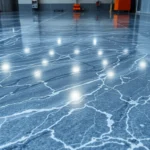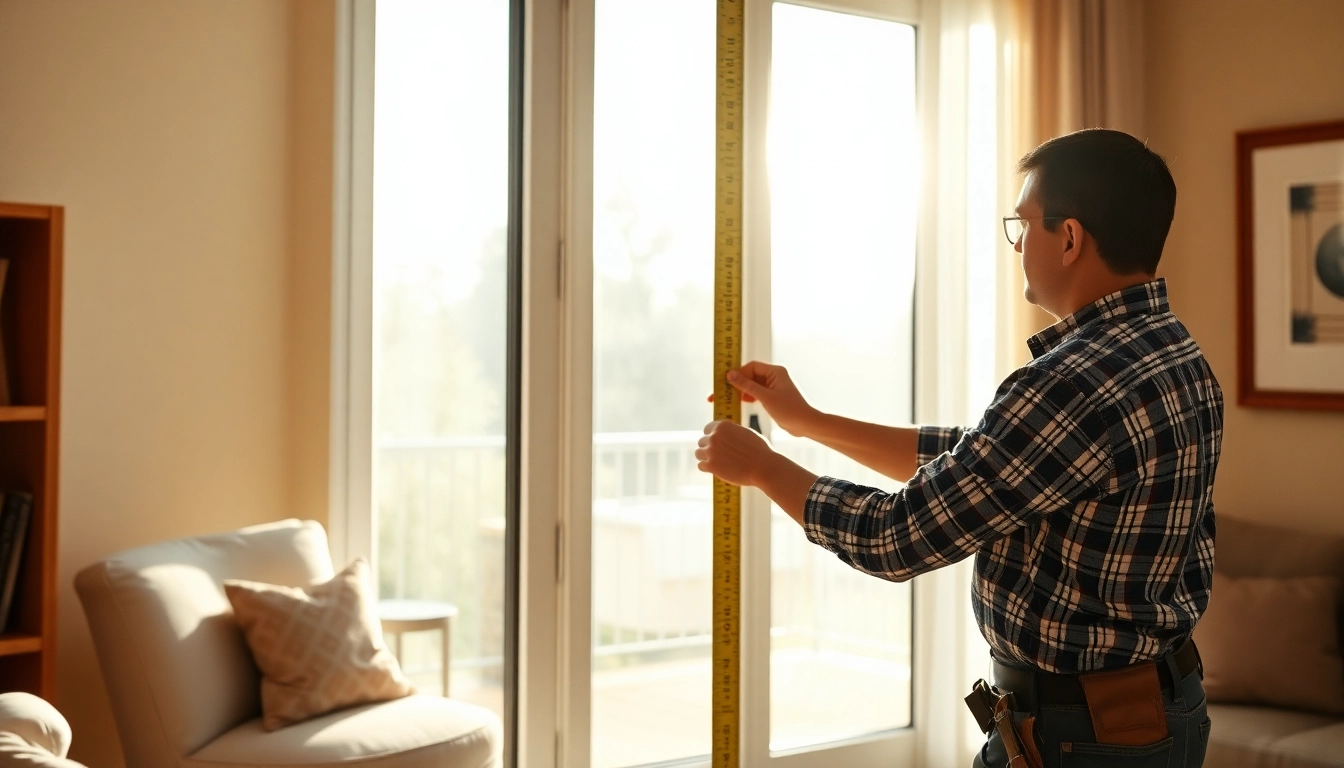When you’re evaluating options, it’s common to search for replacement window installers near me. This step helps you compare capabilities, warranties, and service levels from providers who understand local climate, building codes, and installation best practices. The goal is to align window performance with your budget and home’s design, ensuring a seamless, lasting result.
What Replacement Windows Do for Your Home
Energy efficiency benefits and utility savings
Replacing windows with modern, high-performance units reduces heat transfer, especially during peak winter and summer. Double- or triple-glazed panes, low-emissivity coatings, and insulated frames help keep interior temperatures steady, which translates to lower heating and cooling bills. In many homes, the payback comes not only from energy savings but from enhanced HVAC efficiency, as systems run less frequently to maintain comfort. When evaluating options, prioritize U-factor and Solar Heat Gain Coefficient (SHGC) ratings, as they directly influence year-round energy performance and occupant comfort.
Impact on noise, comfort, and indoor climate
Today’s replacement windows also offer superior sound attenuation, especially in busy neighborhoods or near roadways. A well-sealed frame with tight gaskets and laminated glass can significantly reduce outdoor noise, contributing to a calmer, more predictable indoor climate. In addition, reduced drafts minimize hot and cold spots, improving overall comfort and reducing the need for constant HVAC adjustments. For homes with unusual orientations or radiant heat, consult installers about gas-filled or low-emissivity glass options that optimize light while controlling glare and temperature swings.
Boosting curb appeal and home value
New windows refresh the exterior and interior aesthetic, with frames available in finishes that complement architectural styles from craftsman to contemporary. Beyond looks, upgraded windows can boost resale value, as buyers often cite energy efficiency and maintenance-free finishes as a deciding factor. In hotter markets, modern coatings and low-maintenance frames help maintain color and finish over time, preserving curb appeal with less upkeep. A visually cohesive replacement can also enhance the perceived quality of the entire property.
Choosing Replacement Window Installers Near Me
How to compare quotes from replacement window installers near me
Start by collecting at least three detailed written estimates that itemize window models, glass types, installation methods, and warranties. Compare not just prices but the inclusions: removal of old sashes, disposal of debris, and any potential site prep requirements. Ask for a sample contract that clarifies change orders, payment schedules, and what happens if a delivery date shifts. Look for providers who offer on-site measurements, pre-install surveys, and a clearly defined project timeline. A transparent vendor will walk you through different frame options, glass packages, and grid patterns so you can align aesthetics with performance.
Credentials, warranties, and insurance you should verify
Validate licensing, general liability, and workers’ compensation insurance to protect against accidents during the project. Request references and a written warranty that covers both product performance and installation workmanship, with specifics on coverage duration and what is required for claim eligibility. Some manufacturers also offer enhanced warranties when installation standards align with their specifications, so verify that your chosen installer adheres to recommended installation protocols. Professional installers typically maintain manufacturer certification for the products they install, a strong indicator of quality and support down the line.
Estimated timelines and project planning with installers near me
Ask for a realistic schedule that accounts for permitting, weather, and product lead times. A well-organized crew will provide a start date, expected duration, and daily progress notes. Clarify exterior surface prep, interior cleanup, and the process for protecting furnishings and floors. If you’re coordinating with other renovations, ensure the window project aligns with delivery of related materials and trades to avoid bottlenecks. A detailed plan reduces disruption and helps set clear expectations for everyone at home.
Budgeting and ROI for Window Replacements
Cost factors: material, labor, and installation
Costs depend on window type (vinyl, wood, fiberglass), glass package (standard, low-E, double- or triple-pane), frame thickness, and hardware options. Installation costs vary with the complexity of removing old units, reframing, and ensuring proper drainage and weather sealing. While premium materials and smart hardware raise upfront price, quality products with professional installation often deliver longer service life and improved energy performance, which can translate into stronger long-term value. Consider total cost of ownership rather than upfront price alone when evaluating quotes.
Financing options and rebates you can leverage
Many homeowners leverage financing plans offered by manufacturers, retailers, or local banks to spread out the investment. Investigate utility rebates or regional incentives for energy-efficient upgrades, which can shorten the payback period. Some jurisdictions also provide property tax or resale-value incentives tied to energy efficiency improvements. A knowledgeable installer can guide you to current programs and help you assemble the required documentation, maximizing potential savings.
Long-term savings and payback period
Take a long-range view: energy savings accumulate year after year, while maintenance costs decline with modern, low-maintenance materials. A typical payback window ranges from several years to a decade, depending on climate, energy costs, and the specific product selection. When modeling ROI, include non-financial benefits like improved comfort, reduced indoor drafts, and enhanced resale appeal, which often influence buyer perception and time to sale as much as numeric savings.
Installation Best Practices and Common Pitfalls
Measuring, sealing, and proper fit techniques
Accurate measurements are the foundation of a leak-free installation. Installers should verify rough openings, account for irregularities, and align the window for level operation. Proper sealing with high-quality flashing, backer rod, and insulation ensures thermal performance and prevents moisture intrusion. Avoid shortcuts by ensuring that all fasteners are driven per manufacturer guidelines and that corner joints remain square throughout the process. A precise fit reduces wind-wobble and prolongs the life of seals and hardware.
Weatherproofing, flashing, and insulation strategies
Weatherproofing is a multi-layered approach: exterior flashing diverts water, while interior sealants keep drafts at bay. Use of continuous insulation and low-expansion foam around frames enhances energy performance and reduces the chance of air leakage. For heavy rain or freeze-thaw cycles, discuss moisture management strategies with installers to prevent condensation buildup and wood rot in older homes. Proper flashing across windows and doors maintains envelope integrity and protects interior finishes.
Post-install inspection and maintenance steps
After installation, perform a thorough inspection: verify that sashes operate smoothly, seals remain intact, and there are no gaps along frames. Clean surrounding areas and remove protective films from glass. Schedule periodic maintenance—lubricating hinges, cleaning tracks, and inspecting caulk lines—to extend the life of the windows. Keep documentation for warranty claims and note any signs of moisture intrusion or energy performance changes so you can address them promptly.
Maximizing Home Comfort with Replacement Windows
Glass choices, UV protection, and glare control
Glass options influence comfort and appliance efficiency. Low-E coatings reduce infrared heat transfer while allowing visible light to pass through, keeping interiors cooler in summer and warmer in winter. For rooms with intense sunlight, select tinted or laminated glass to reduce glare and protect furnishings from UV damage. In spaces with screens or entertainment areas, glare control can maintain clear views while preserving natural daylight.
Customization: grids, colors, and hardware
Customization enables windows to harmonize with architectural style and interior design. Grid patterns (colonial, prairie, or contemporary) offer distinct character, while frame colors and hardware finishes help tie the exterior and interior together. Modern materials also support a wide range of finishes that resist fading and require minimal upkeep, making customization both aesthetic and practical over the long term.
Maintenance, warranties, and long-term care
Well-supported warranties cover both product performance and installation workmanship, providing peace of mind for years to come. Maintain windows with routine cleaning, lubrication of moving parts, and inspections after severe weather. Keeping windows in good condition preserves energy efficiency, prevents drafts, and sustains curb appeal through changing seasons and evolving architectural trends.









